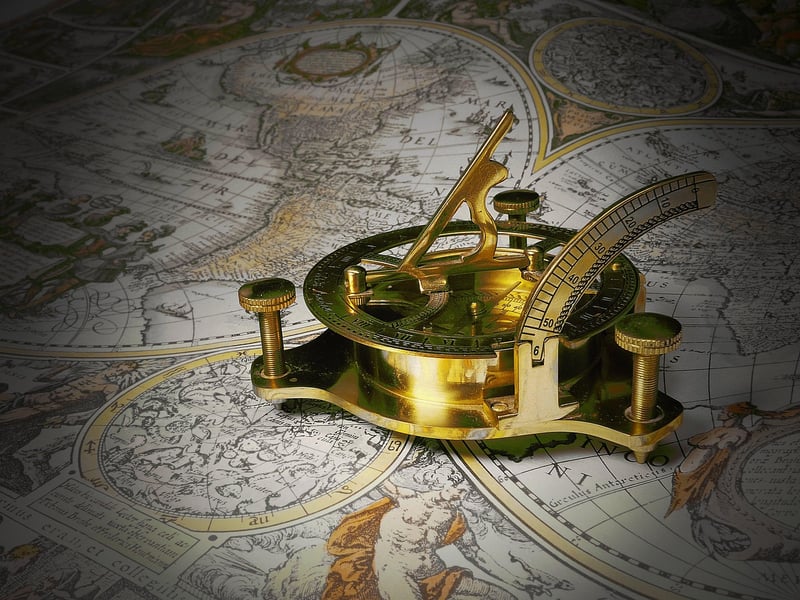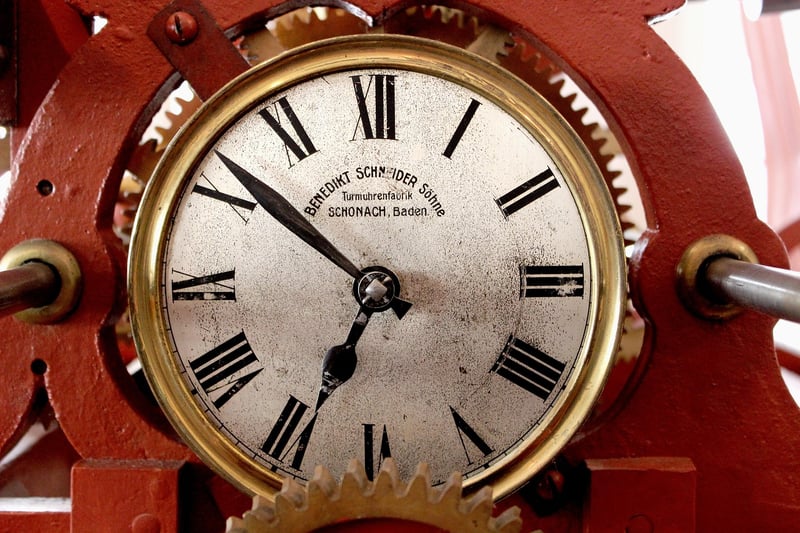Temporal Devices
The Evolution of Technology for Timekeeping and Temporal Devices
Timekeeping has been essential to human civilization for centuries, from tracking the seasons to coordinating activities. Over time, technology has played a crucial role in the development of timekeeping devices, leading to the creation of highly accurate temporal instruments. Let's explore the evolution of technology for timekeeping and temporal devices.
1. Sundials
Sundials are one of the oldest timekeeping devices, dating back to ancient Egypt. These devices use the position of the sun's shadow to indicate the time of day. While not as precise as modern clocks, sundials were instrumental in early timekeeping.

2. Water Clocks
Ancient civilizations like the Greeks and Romans used water clocks, also known as clepsydra, to measure time. These clocks relied on the regulated flow of water from one container to another to indicate the passage of time.

3. Mechanical Clocks
The invention of mechanical clocks in the Middle Ages revolutionized timekeeping. These clocks used gears and weights to regulate the movement of hands, allowing for more precise time measurement.

4. Pendulum Clocks
In the 17th century, the invention of the pendulum clock by Christiaan Huygens improved timekeeping accuracy further. The regular swing of the pendulum provided a more stable timekeeping mechanism.

5. Quartz Clocks
Quartz clocks, introduced in the 20th century, marked a significant advancement in timekeeping technology. These clocks use the vibrations of a quartz crystal to keep time accurately, leading to the development of quartz wristwatches.

6. Atomic Clocks
Atomic clocks are the most accurate timekeeping devices today, relying on the vibrations of atoms to measure time. These clocks are used in scientific research, telecommunications, and global positioning systems.

From sundials to atomic clocks, the evolution of technology for timekeeping has been remarkable. These temporal devices have not only shaped how we perceive time but also played a crucial role in scientific advancements and everyday life.
For more fascinating insights into the world of technology and innovation, stay tuned for our upcoming articles!
